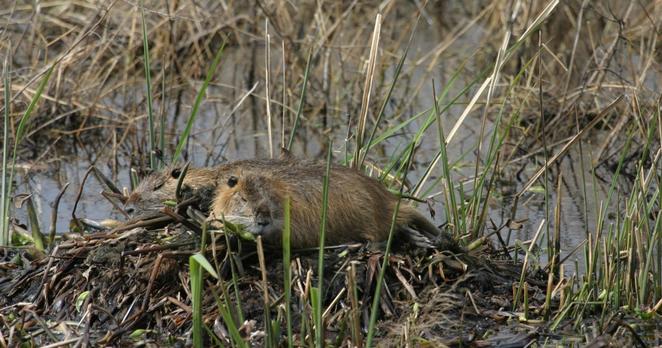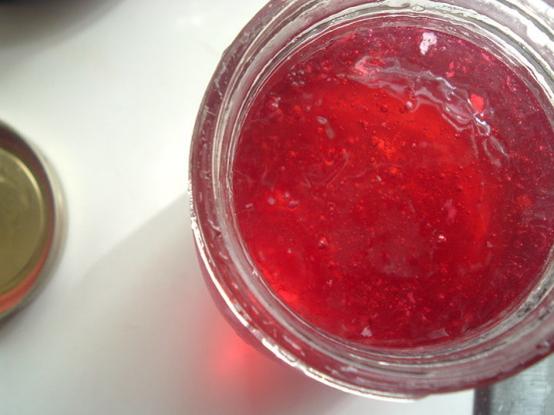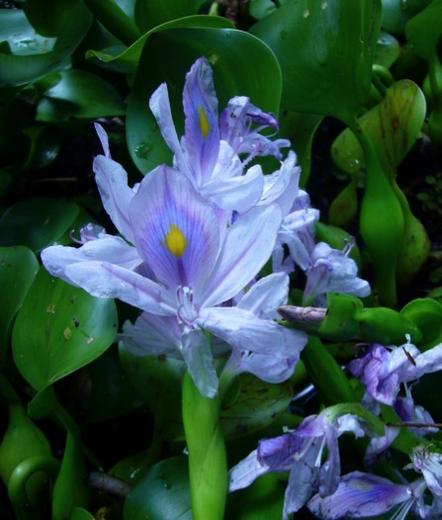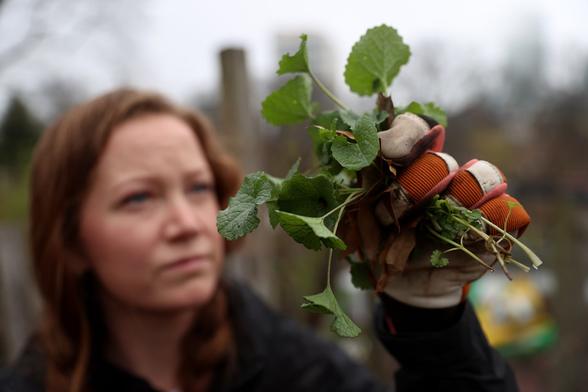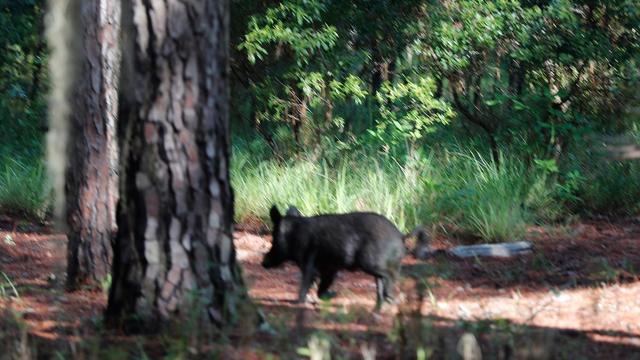One more for the #InvasiveSpecies topic, and then I'll be moving on to other subjects!
Garlic Mustard - Eat It to Beat It!
• Young tender leaves can be torn up a bit and added to salads.
• Sautee garlic in olive oil or sesame oil or bacon grease; add chopped garlic
mustard and other greens if available (garlic chives, spinach, arugula,
lambsquarters, mustard greens, what-have-you); a little salt or soy sauce; add a bit of water or stock and cook gently. A dash of vinegar, balsamic or otherwise, may be in order. Taste and decide. This could be spread on toast, added to casseroles, eggs, quiche, stir-fries, etc.
• Garlic mustard pesto: crush garlic, slice up garlic mustard and also garlic chives if
available, puree both in food processor with olive oil and walnuts (or pine nuts);
add parmesan cheese. Start the water for pasta!
• Cream sauce: heat 1/4 cup oil and add 1/4 cup flour and cook; add hot milk.
Separately cook finely chopped garlic mustard in a little sesame oil; and tamari or soy sauce. Add some of the sauce; puree in food processor and add back to the sauce. Add cheese as desired. Good on stuffed grape leaves for one.
• With leftover garlic mustard sauce, add a little yogurt, balsamic vinegar, and tamari and serve as a sauce for steamed asparagus. [That sounds really good!]
Read more [PDF, includes recipes]:
https://www.woodcountywi.gov/Departments/LandConservation/Brochures/Garlic%20Mustard%20Recipes.pdf
